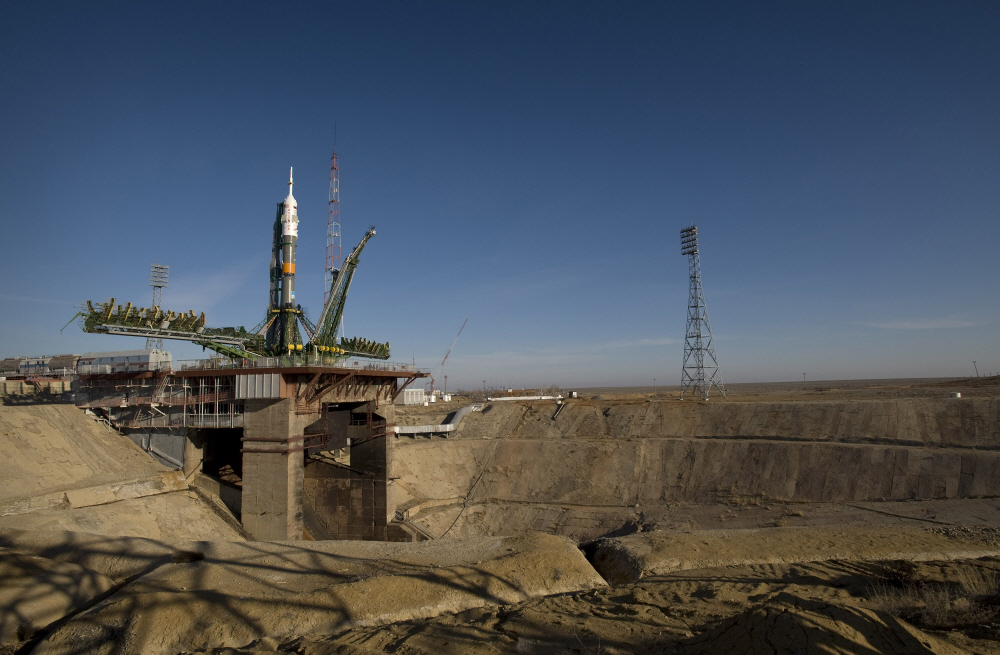
The Baikonur Cosmodrome in Russia launched rockets that sent Sputnik-1, which successfully launched mankind’s first artificial satellite, and Vostok-1, which realized the first manned space flight, into space. base But behind the remarkable success of the Baikonur space station, there are people who are forced to live with danger.
The Baikonur Space Base, built in Kazakhstan during the former Soviet Union before 1955, has been under Russian jurisdiction in the form of leased land after the collapse of the Soviet Union. It is also one of the oldest rocket launch bases, and from the beginning of its construction until recently, various space development projects were carried out by the former Soviet Union and Russia.
There is a serious problem with the Baikonur space station, which was selected as the stage for numerous historical feats due to the limitations of wireless technology at the time, which required vast plains to wirelessly control rocket launches.
It is said that fuel tanks separated from the launched rockets are poured over the heads of people living on the plains of the Altai province in Kazakhstan. For example, rocket parts flying from the Kennedy Space Center located in the eastern United States can fall into the Pacific Ocean, minimizing human damage. However, because the Baikonur space station is located in the center of the Eurasian continent, all rocket parts launched fall to the land.
Of course, countermeasures are being taken, such as being notified 24 hours prior to launch and being banned from entering the area where rocket parts are falling. However, in 2008, there was an accident where a 4.5m rocket part fell onto a private house. In 2011, a Soyuz rocket loaded with rocket fuel crashed into an unexpected location. People living in the plains of the Altai region are always forced to live with accidents, such as an explosion that breaks the windows of a private house 100 km away from the crash point.
The impact of the rocket is not limited to the direct damage caused by the fall. A large amount of harmful rocket fuel is left in the fuel tank separated from the rocket. Moreover, Russia and China use highly toxic fuels such as unsymmetrical dimethylhydrazine for their launch rockets. These toxic substances are constantly eroding the health of local people through environmental pollution. In fact, it has been reported that endocrine and blood disorders in residents of contaminated areas are more than twice that of those living in nearby areas.
In addition, almost all babies born in some villages develop jaundice due to liver damage. This health damage is known to be the effect of a nearby chemical plant, so it is difficult to conclude that rocket fuel was the cause. However, as it has been confirmed that asymmetric dimethyl hydrazine has high toxicity to the liver and central nervous system, it is pointed out that it can have a significant effect.
On the other hand, rocket wreckage has become a part of local life. In the Altai region, most of them live a difficult life economically, so they risk their lives by collecting rocket debris to build houses and use them as materials for agricultural equipment. Some visitors to the area said they saw something like a metal barn with a space project logo on it, a children’s balloon made of rocket debris, and a sled. However, the residents of these areas are directly affected by environmental pollution by making a living by farming using land.
The Baikonur space station problem reveals the other side of the world where the world’s most technologically rich countries launch rockets and explore space, while the world’s poorest countries live buried in the wreckage of rockets. It is pointed out that it is necessary to remember that there are people who are victimized behind the development of science. Related information can be found here.


